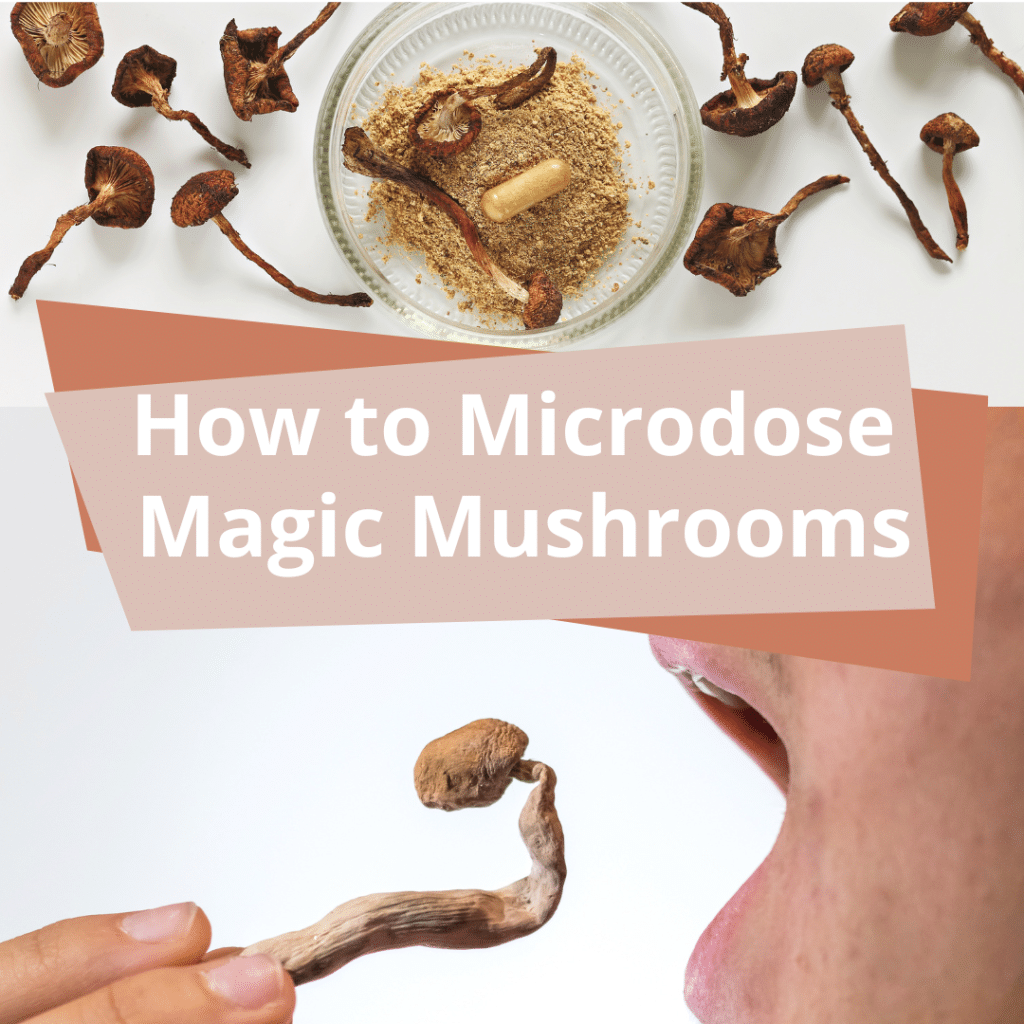Microdosing magic mushrooms has gained popularity recently as a method for exploring the potential benefits of psilocybin, the active compound in these fungi. This practice, often associated with enhanced creativity, improved mood, and increased focus, has drawn the attention of many individuals seeking alternative ways to improve their mental well-being. This article will delve into the world of microdosing magic mushrooms, exploring what it is, the science behind it, and how to do it safely and effectively. We will also discuss the potential benefits and risks associated with this practice.
What is Microdosing Magic Mushrooms?
Microdosing magic mushrooms involves consuming small, sub-perceptual doses of psilocybin, typically every few days or on a specific schedule. The goal is to experience subtle, positive effects without the full-blown psychedelic trip that is often associated with higher doses of psilocybin. This practice is believed to enhance mood, creativity, and cognitive function while minimizing the risk of overwhelming or disorienting experiences.
What is Psilocybin?
Psilocybin is the psychoactive compound found in magic mushrooms, and it belongs to a class of chemicals known as tryptamines. When consumed, psilocybin is converted into its active form, psilocin, in the body. Psilocin interacts with serotonin receptors in the brain, leading to altered perceptions, mood changes, and potentially profound experiences.
How Does it Work?
The precise mechanism of how microdosing with psilocybin works is not fully understood, but several theories exist. It is believed that microdosing may enhance brain plasticity, increase the flow of information between different regions of the brain, and promote the growth of new neural connections. This could explain some of the cognitive and creative benefits reported by microdosers.
Additionally, psilocybin may have an antidepressant effect by modulating serotonin levels in the brain, similar to traditional antidepressant medications. This could explain the mood-lifting effects associated with microdosing.
How to Microdose Psilocybin
Dosage
The key to effective microdosing is finding the right dosage. While there is no one-size-fits-all approach, a standard guideline is to start with a very low dose, typically around 50mg to 300mg of dried magic mushrooms. It’s essential to begin conservatively and gradually increase the dosage if needed. Keep a journal to track your experiences and adjust your dosage accordingly.
Dosing Schedules
Paul Stamets, a renowned mycologist and author, has been a prominent figure in the field of mycology and has contributed significantly to the understanding of magic mushrooms and their potential benefits. His research and advocacy have helped shed light on the therapeutic potential of psilocybin.
Paul Stamets suggests a protocol of taking the microdose stack for four consecutive days followed by three days off. This pattern is recommended to prevent the development of tolerance to psilocybin and to allow the brain to integrate the experience during the days off. The schedule looks like this:
- On Days: Take the microdose stack each morning for four days in a row.
- Off Days: No microdosing for the next three days.
This cycle is then repeated according to individual needs and experiences.
Some individuals may prefer different schedules, so it’s crucial to find what works best for your specific needs and goals.
The Potential Benefits of Microdosing
- Enhanced Creativity: Many microdosers report increased creativity and problem-solving abilities. This could be attributed to the altered thought patterns and heightened mental flexibility associated with psilocybin.
- Improved Mood: Microdosing may alleviate symptoms of depression and anxiety, offering a sense of well-being and emotional stability. Some users have reported reduced feelings of stress and irritability.
- Increased Focus: Microdosing may improve concentration and attention span, making it a valuable tool for tasks that require mental clarity.
- Enhanced Introspection: Psilocybin can facilitate deep introspection, potentially aiding in personal growth and self-discovery.
- Reduction in Symptoms: Some individuals have reported relief from chronic pain, migraines, and cluster headaches through microdosing.
Risks of Microdosing
While microdosing is generally considered safe, it is not without risks. Some potential drawbacks and risks include:
- Inconsistent Effects: Individual responses to microdosing can vary widely, and not everyone may experience the expected benefits.
- Tolerance: Tolerance to psilocybin can develop with frequent use, requiring higher doses to achieve the same effects.
- Psychological Effects: In some cases, microdosing may exacerbate underlying mental health issues, such as anxiety or psychosis.
Conclusion
Microdosing magic mushrooms is a practice that has gained attention for its potential to enhance creativity, mood, and cognitive function. While it is not a miracle cure, it may offer benefits to some individuals seeking alternative ways to improve their mental well-being. However, it is essential to approach microdosing with caution, starting with low doses and being mindful of potential risks and legal considerations. Consulting with a healthcare professional before embarking on a microdosing regimen is advisable, especially if you have any underlying medical conditions or concerns. Ultimately, the decision to microdose should be made thoughtfully, with the awareness that results may vary from person to person.
